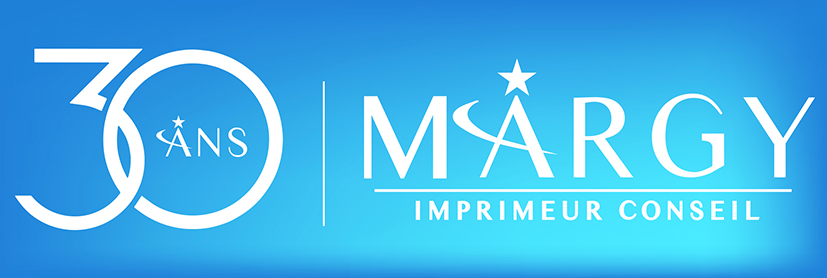Our entire lives are connected. Addicted to smartphones, always at hand, tablets, watches and other connected objects, it’s hard to ignore a certain connected reality. By 2020, experts predict between 20 and 50 billion connected objects. From smartphones, which are becoming ever more powerful, to toothbrushes (scary!), clothes, household appliances, etc… A multitude of connected objects will invade our daily lives. Thanks to the Internet of Things, advertising has a bright future ahead of it. Targeting is becoming increasingly precise.
Every object in our daily lives becomes, without our knowledge, a vector of information for advertisers. At home, on the move or even when jogging, we carry these intelligent objects with us everywhere. The Internet of Things (or IoT) is an unparalleled opportunity for advertisers to find out about our consumer habits and buying behaviour. Here are a few examples.
Diageo’s connected whisky bottle
Diageo, a leading alcoholic drinks company, unveiled its smart whisky bottle at the Mobile World Congress in Barcelona in March 2015. This bottle features an ultra-thin chip called OpenSense. This chip is placed on the back of the bottle’s label. By scanning the label, consumers send a signal to Diageo. The company can then track the bottle as it is purchased and transported, and send a certain amount of targeted information to the consumer’s smartphone. The idea is to encourage them to buy related products. This is an opportunity for the company to collect consumer data and personalise its advertising.
Intelligent cosmetics
The cosmetics sector also seems to be embracing connected objects. The simple act of brushing your teeth with a connected toothbrush from Oral B, Philips or Kolibree is becoming a source of information for brands. The toothbrush will transmit the frequency and technique of brushing. Once this data has been collected, the brands will be able to send a number of offers or advice to the consumer. L’Oréal also seems to be following the trend with a possible connected mascara.
Tracking consumer habits
These are interesting developments in advertising, as highlighted by Jeffrey F. Rayport, a professor at Harvard Business Review. The indisputable advantage of this connected advertising is precisely that it blends into everyday life, making it undetectable. This advertising will follow the consumer’s every move, interfering in his or her life on a permanent basis.
A priori, this data is only used to fine-tune companies’ messages to consumers. But it can also be used to make new purchases. And this is the very limit of the system. There is a fine line between public and private life. And the introduction of these ads into our everyday objects could well pose a problem.
A debate on the subject of connected objects would be welcome in the coming months. It would be an opportunity to define the boundaries of advertising in our daily lives, to avoid any abuses of our privacy. These marketing techniques are evolving fast, and it’s vital that we protect our privacy in the face of constant innovation.
Other articles :
 01 44 52 02 02
01 44 52 02 02
